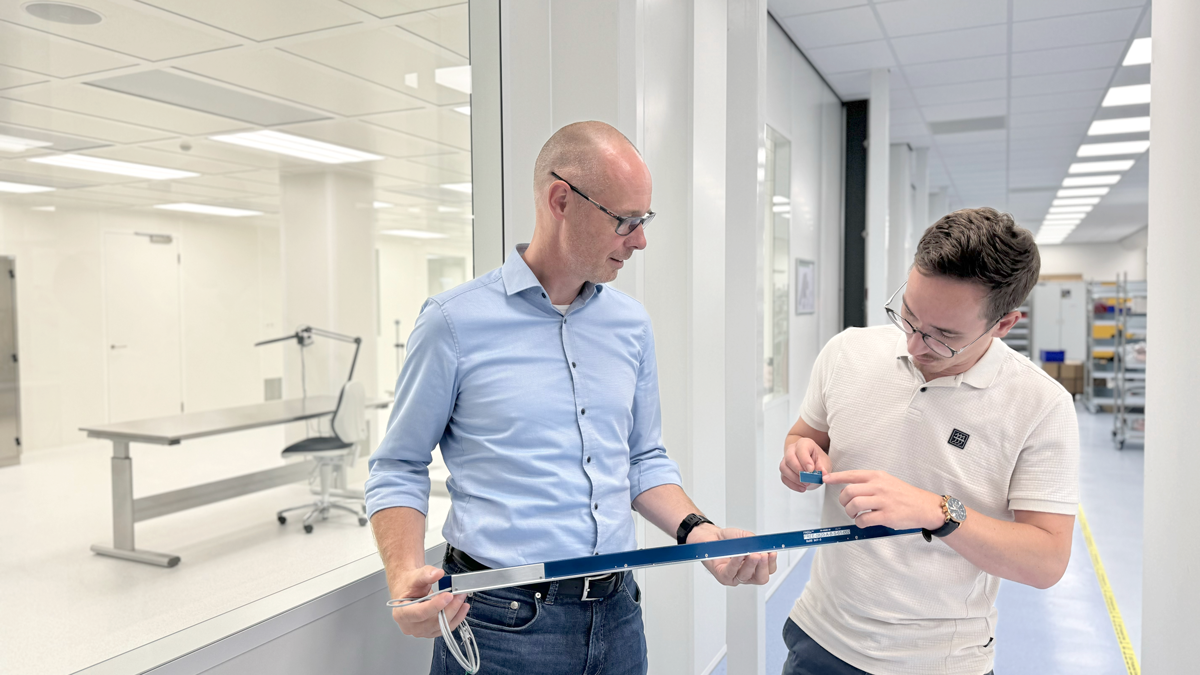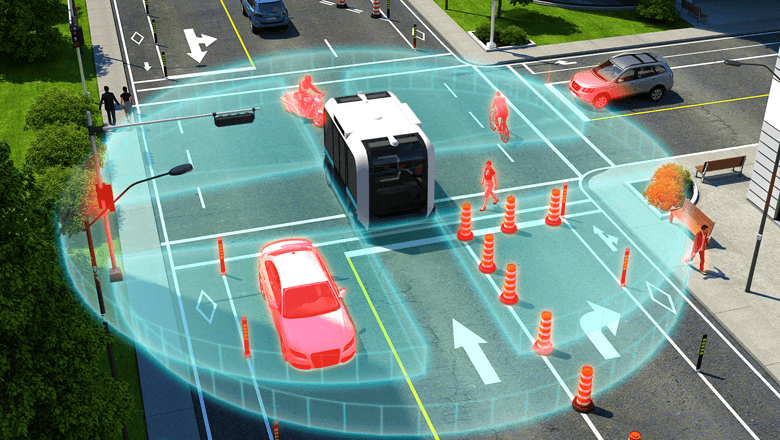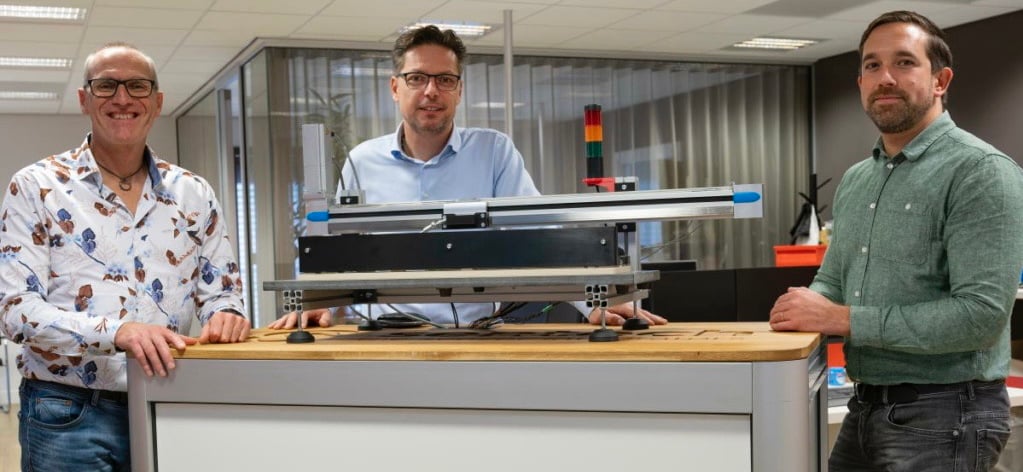Fiber optics: presence detection
How do fiber optics work?
This method is based on glass fibers. These fibers transport light from an amplifier to the measuring location. In certain configurations, a second fiber cable collects and returns the emitted light. Two glass fibers, a transmitter and a receiver, can also be wrapped in one sheath.
Fiber optics vs. photoelectric sensor
Fiber optics applications look similar to ones where a photoelectric sensor might be used. However, there are some important differences between the two methods. The biggest advantage of using fiber optics is that the sensor itself does not need electronics at the measuring point, unlike a photoelectric sensor. A fiber is a passive component that can be used in a wide variety of challenging environments – everything from a vacuum to acid baths in the production of solar cells. Fiber optics can also be used at higher temperatures of up to 300 ºC/570 ºF, since the electronics are located at a safe distance.
Other advantages include that a glass fiber can create a minuscule spotlight in order to distinguish very small components. In addition, this solution also takes up very little space. A small recess is often sufficient to guide the fiber to the right place. The fiber rarely gets in the way, so it is easy to integrate into your design.
Fiber optics are also much more versatile than photoelectric sensors. For example, the amplifier measures how much light is returned, and can use this to make all kinds of decisions. Like other optical techniques, fiber optics is sensitive to dirt, but an intelligent amplifier can detect a slow deterioration in the signal over a certain period of time, and use automatic gain adjustment to set the threshold value.
Disadvantages of fiber optics
One issue with fiber optics is the fragility of the glass fibers. In applications where this kind of fiber would have to bend significantly or frequently, it is best to use a different method.
Another disadvantage compared to photoelectric sensors involves the smaller maximum measuring distance. That means the fiber has to be placed closer to the object, although this does not usually cause any major issues given the easy integration.
Featured fiber optics
Need some help?
Our sensor database only lists a selection of the sensors available. There are so many different technologies and manufacturers that our online sensor database can never be 100% complete. If you can’t find what you’re looking for, or you have a question, send an e-mail to our sensor experts. We’ll gladly help you with your search.











